Gerard Hillier is Director of Coaching & Development at Southern Peninsula Basketball Association, and Basketball Victoria Country’s U18 Girls Head Coach.
September 2011, the VJBL season had come to an end and our association had begun the review process of staff, what needed to be done in moving forward, and – most importantly for me – who was going to replace our outgoing Director of Coaching (DoC) who needed to stand down as a result of growing work commitments.
At this point in time I was the full-time Administrator for the Southern Peninsula Sharks, and only coached outside of my working hours, and the DoC role was part time, more of a “hobby position” for lack of a better term.
As any other young and eager coach would do, I threw my hat in the ring without giving it much thought at all. I sold my case as best I could, and before you know it 2012 had rolled around and I was the newly appointed DoC for the Southern Peninsula Sharks. In all honesty I had zero experience in leading a basketball program, had very little idea on how to build a culture, and had very little idea on what was required and where we needed to head as a program. Excitement and joy of the new position very quickly turned to anxiety and doubt in my ability to carry out the work required.
I remember making a late night phone call to one of my mentors at the time, someone who I had spent a large amount of time with during my time in the Australian Defence Force. I explained the situation, and sought his advice on what I should do. He replied with something that I still use daily/weekly to this day: “I would think your time in the Army would be a good reflective start point, maybe adjust some of the language and you’ll be good to go”.
He was right.
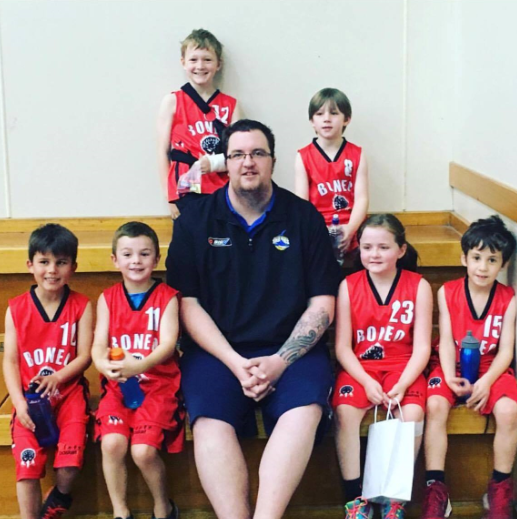
Lead with your actions, Lead by example
Seems like a pretty straightforward one to start with, I thought, however I have learnt over the past 5-6 years that actually being seen out on the floor and doing the work is extremely important. Our association rarely had athletes/coaches hitting the floor mid-week before school, or putting in extra work outside of their weekly team sessions.
After a number of months of dropping hints to athletes and coaches alike about the need to conduct additional workouts, and having few show interest, I decided to hit the courts and run the sessions myself, inviting anyone that showed interest.
It didn’t take long before we had a number of athletes take up the offer, and after that the coaches started to roll in. Not all of them, but enough to start sharing the workload. Nowadays it is commonplace to have our courts buzzing mid-week before school, which is a big step up from having some teams who only trained once per week.
I guess we now take it all for granted that we have so many options to get in extra training at Southern Peninsula, and having built the program to now having two additional DoC’s share the workload (Boys & Girls Program). It ultimately started though by hitting the courts, rolling up the sleeves and putting in the work (which sometimes meant 12-16 hour days), in the hope that others would join in, which eventually they did. Leading with your actions and by example; and keeping all of your sessions open to ALL of your coaches is what helped our program begin to build.
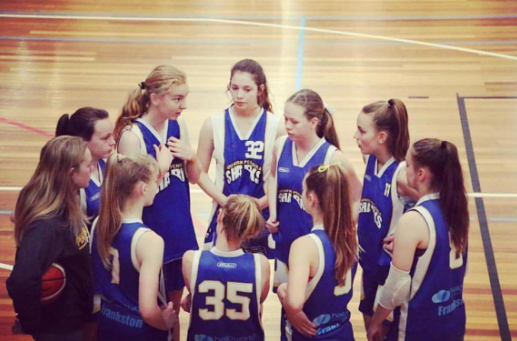
Set standards for your program and implement them
This would be one of my biggest areas of growth over the journey thus far, starting out with a version of what could be compared to the Ten Commandments, and then over the years learning to lighten up and help others set the standards that drive our association.
We have found it most beneficial to work with our coaching groups or players to help build our standards, rather than telling them what the standards are going to be. Of course there are some times where we may need to step in and encourage certain standards, however having the members of our coaching staff and teams set the standards gives them buy-in, and leads them to be more proactive in maintaining the standards. After all, they set them.
Again, there is a lot to be said about “lead by example”, as the old saying “do as I say, not as I do” doesn’t really work in the real world. Having your staff and players see you setting and holding high standards is the best form of standard-setting there is, both on and off court. It is the same impact that I get when I am fortunate to sit in on some Opals camps or Australian Development Camps, I always leave thinking along the lines of “wow, they have great detail in their sessions” or “the energy during their sessions is great”. I am learning purely by viewing the Head Coaches own personal standards being put on display.
You’re Never Above Doing the Little Jobs
Early morning sessions, running Vicinity Centres Aussie Hoops sessions, hitting the school clinic trail, working those Bunning’s BBQs, filling in as coach for the U12 3rd team – yep, I love it and see it all as part of my role.
I really enjoy getting back to the grassroots programs and jumping on court to coach them, the sense of bringing you back to reality and working with the most raw and blank of canvases reminds me of why we do what we do, for the love of the sport.
Taking Vicinity Centres Aussie Hoops sessions and working the school clinics after a big weekend away with the State teams is always a challenge. But it is a great reminder of why we love basketball – the pure joy of the young kids jacking up shots is refreshing.
There is also a lot to be said about jumping in and doing the little jobs that we expect all our families to do. I don’t believe anyone within a club or association is above this, jumping on board and pitching in is a great way to get to know the families within your program and show them that you’re human too!
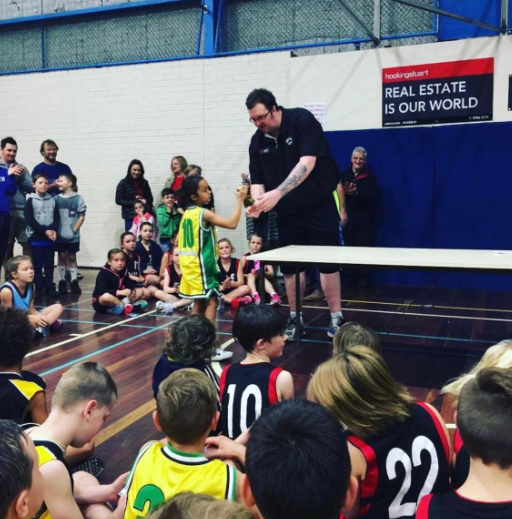
Listen More, Speak Less
Learning the art of listening has taken some time, and truly appreciating the benefits of it are only really just coming to the surface. For some reason I always thought I needed to be giving answers and direction every time someone from within our program spoke to me.
I would often find myself giving answers to questions that I didn’t actually comprehend, mainly because I was thinking of an answer before the question was complete. Anticipation to answer didn’t allow me to listen and understand.
Listen more, speak less; you don’t need an answer for everything.
The Continual thirst for knowledge and up-skilling;
Someone once told me that the coaching group I lead would only ever be as good as the level of the knowledge I possessed; and I have heard a number of times something similar regarding players and their coach.
My greatest challenge is continually finding ways for the coaches within our program to gain knowledge and be exposed to new things: clinics, online documents, blog references, or inviting them along to our Senior Program sessions and games. The same goes with our weekly NITP sessions – come along and learn!
There is also great merit in encouraging coaches within your program to seek mentors outside of your program, maybe even different sports. I believe it is very short-sighted to only teach “the Southern Pen way”; to have our coaches learning a broad range of concepts and ideas will only benefit our players and program in the long run.
Who knows, maybe one of those external coaches will learn something from a Southern Pen coach???
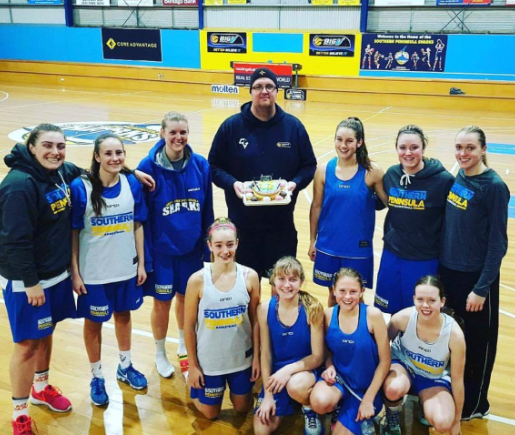



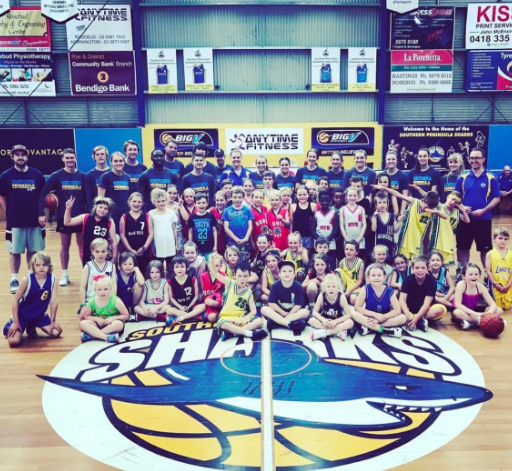
Fantastic Coach and unbelievably great leader. Gerard is so invested in the success not only of his senior players but puts so much energy and thankless hour’s into the juniors. Knowing the work he puts in will make great seniors. Hope Gerard gets all the recognition he deserves now and for his future in basketball hopefully one day for our country.